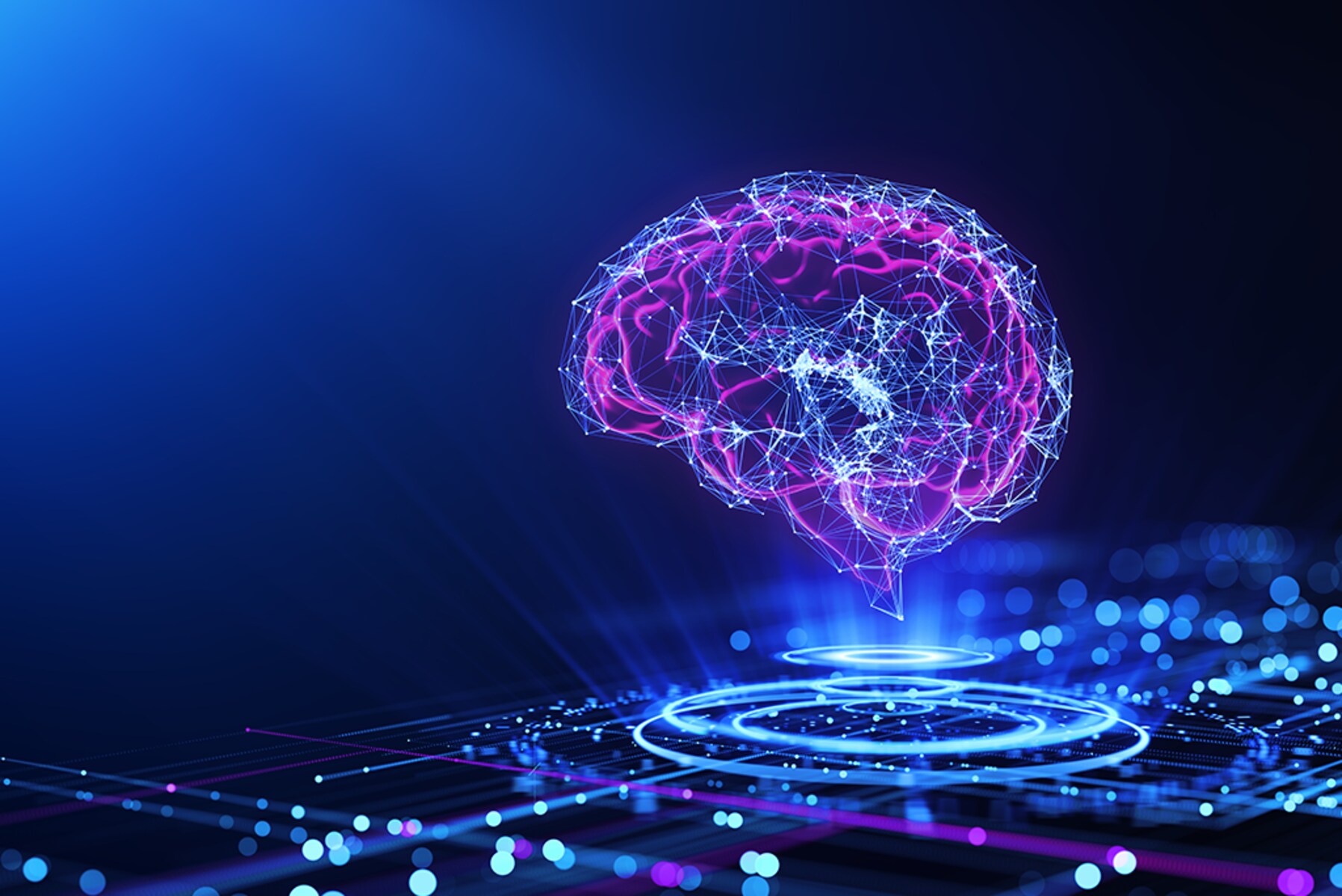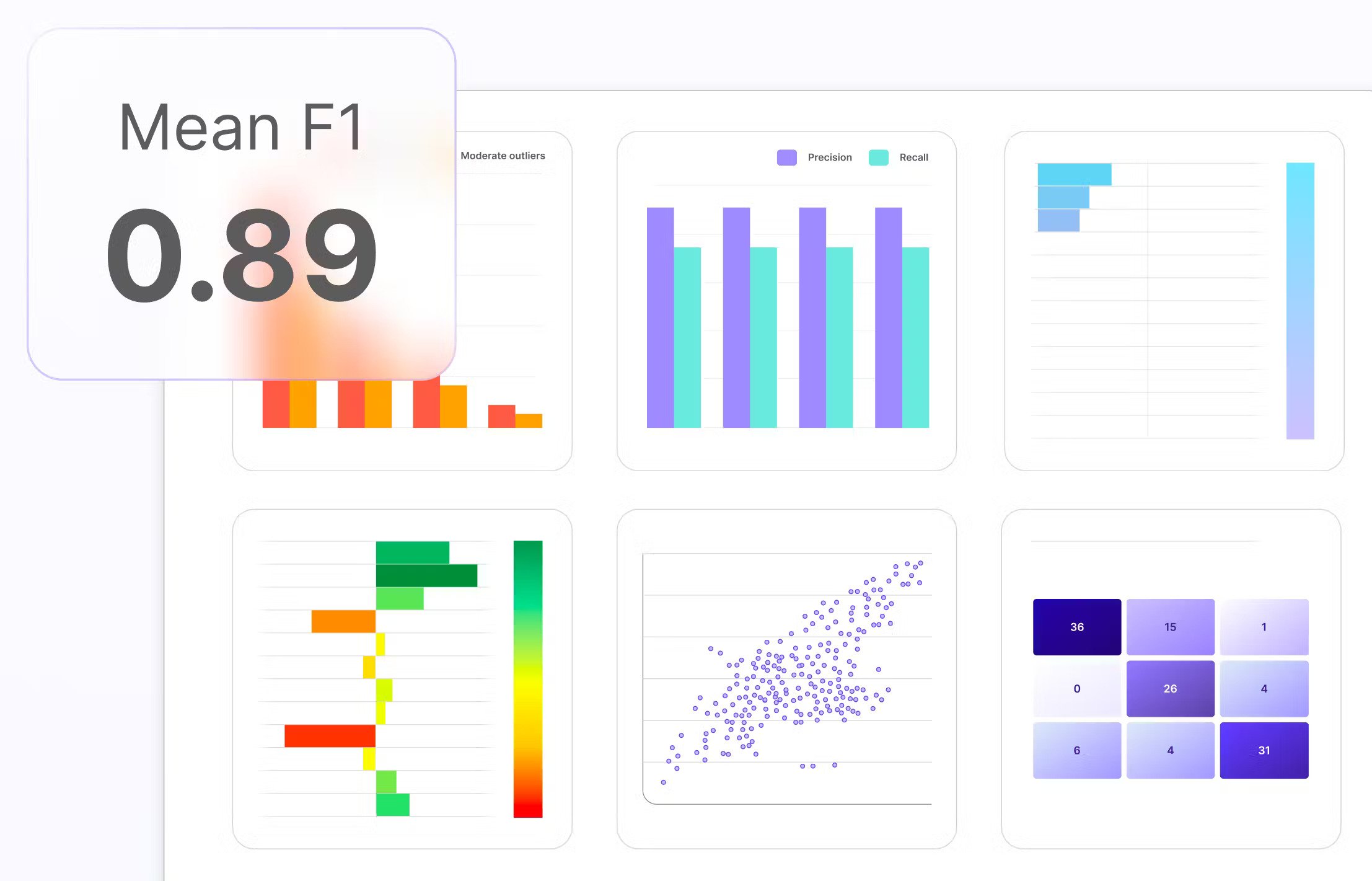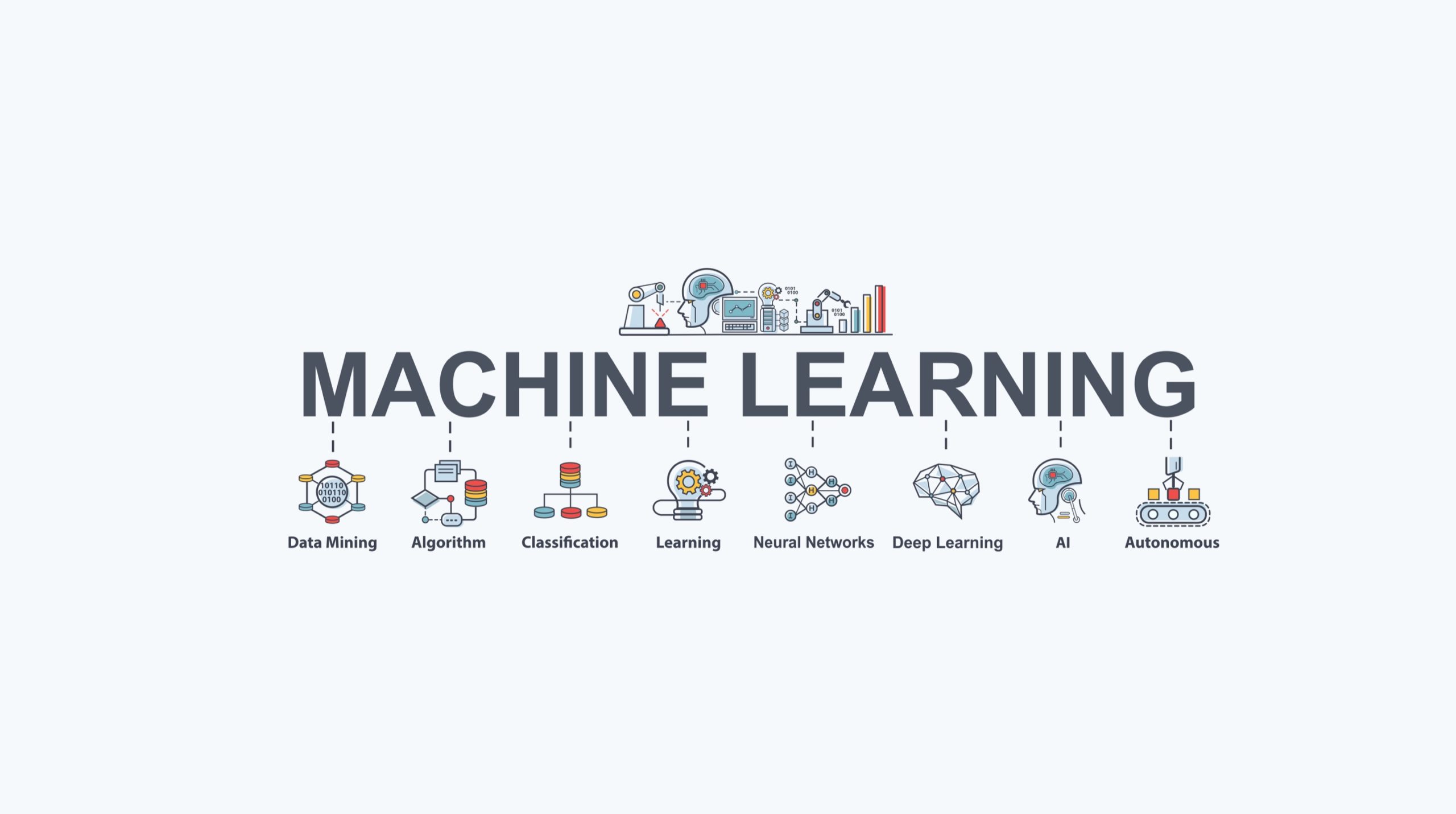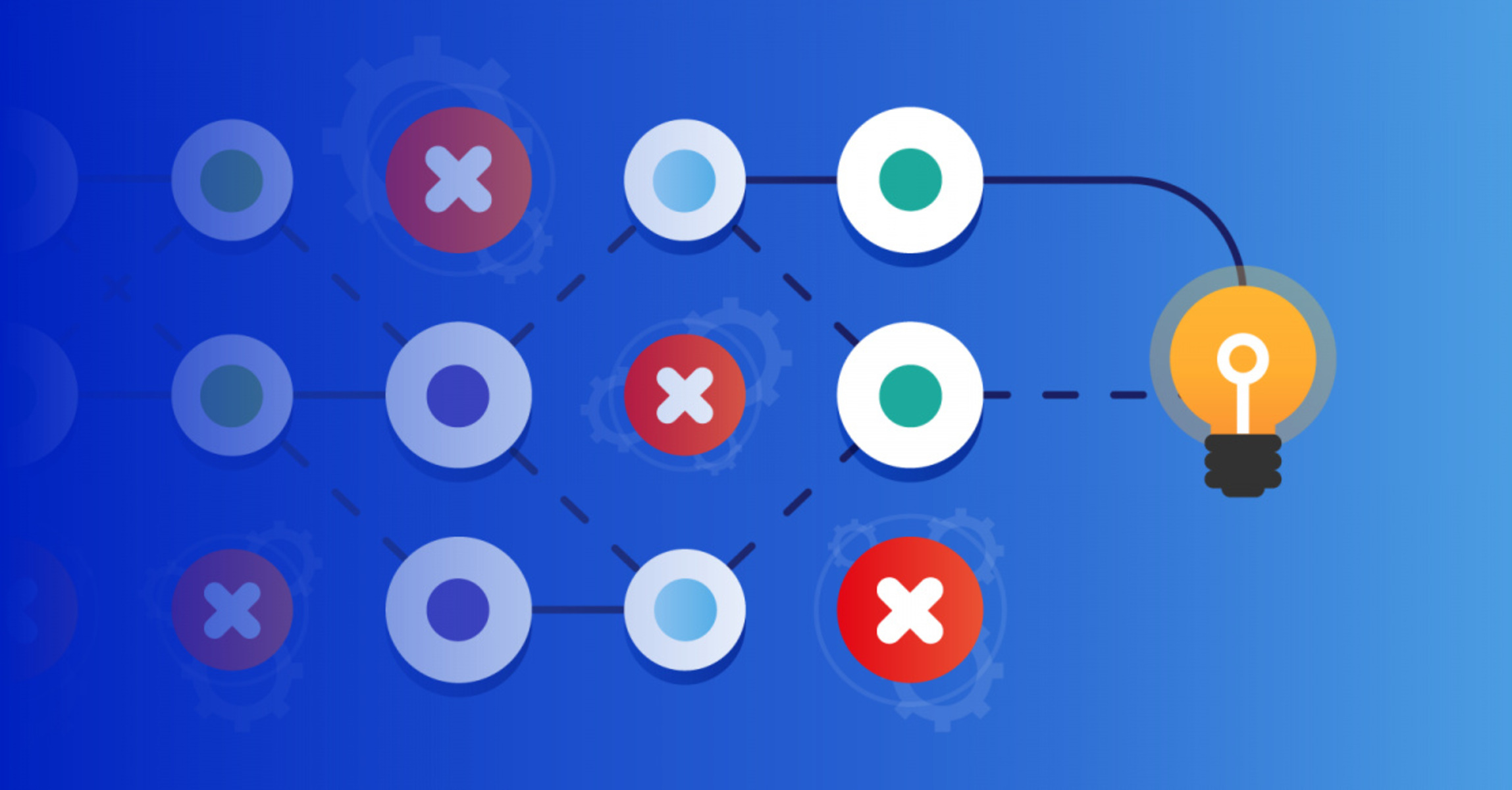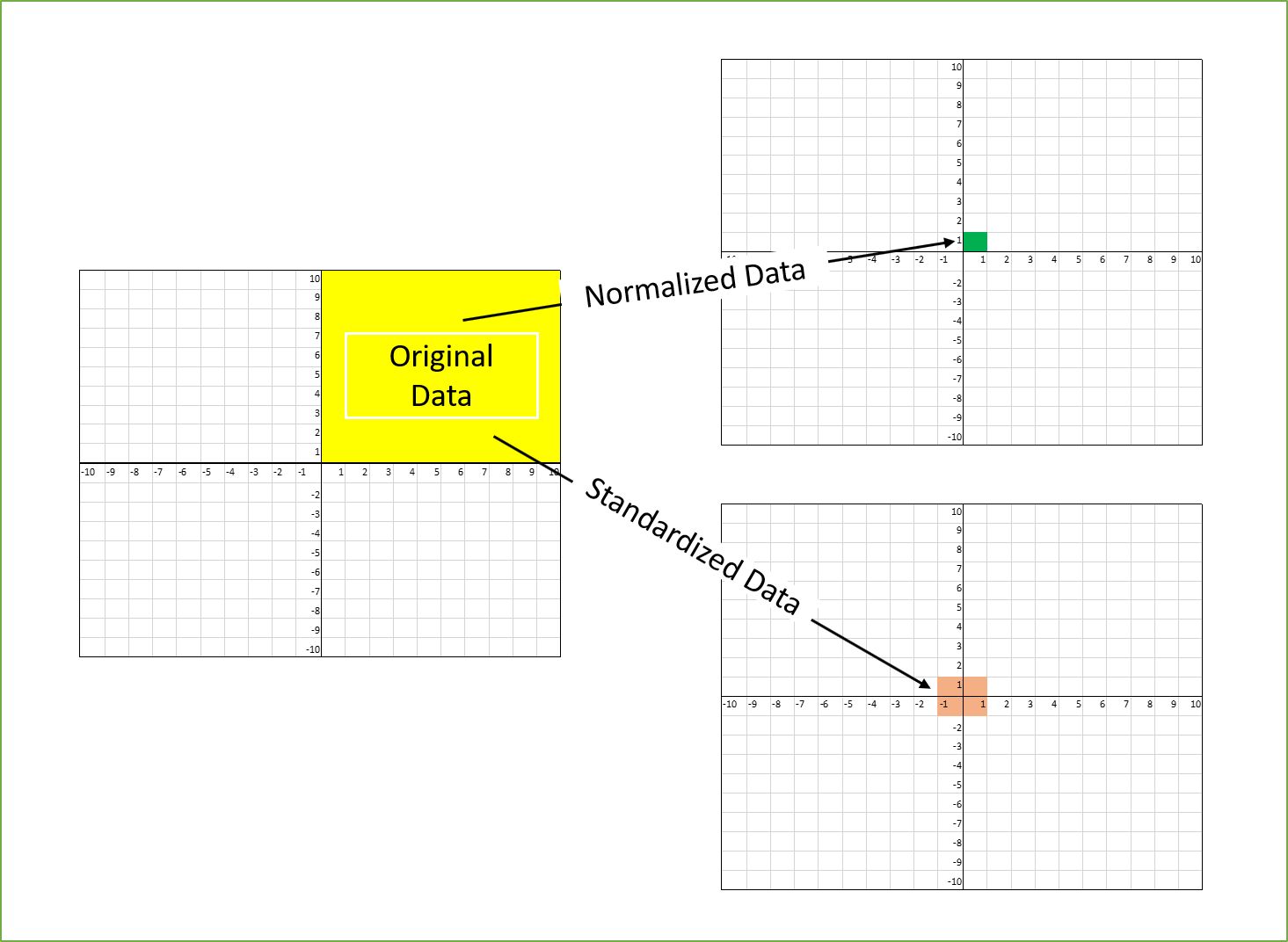Introduction
Machine learning has become an increasingly important field in the world of technology. It empowers computers to learn and make decisions without being explicitly programmed. Accuracy is a vital aspect of machine learning as it determines the reliability and effectiveness of the models created.
In the context of machine learning, accuracy refers to the ability of a model to predict or classify data correctly. It enables us to measure how close the predicted values are to the actual ones. The higher the accuracy, the more reliable and trustworthy the model is considered to be.
Accurate machine learning models hold significant implications across various industries. From healthcare and finance to marketing and customer service, accurately predicting outcomes and making informed decisions is crucial for success. Therefore, understanding and improving accuracy is a fundamental aspect of machine learning that requires careful consideration.
In this article, we will delve into the concept of accuracy in machine learning, its importance, how it is measured, common challenges and limitations, and strategies to enhance accuracy in machine learning models.
Now that we have a basic understanding of the importance of accuracy in machine learning, let us explore its definition and how it influences the effectiveness of models in greater detail.
Defining Accuracy in Machine Learning
In machine learning, accuracy is a metric that quantifies the performance of a model by measuring its ability to correctly predict or classify data. It represents the percentage of correct predictions or classifications made by the model out of the total number of data points.
To understand accuracy better, let’s consider a binary classification problem where we have a dataset with two classes: positive and negative. A model is considered accurate when it correctly classifies the majority of data points as positive or negative.
Accuracy is calculated by dividing the number of correct predictions by the total number of predictions and multiplying it by 100 to obtain a percentage. For example, if a model predicts 80 out of 100 data points correctly, the accuracy would be 80%.
While accuracy is a straightforward and commonly used metric, it has its limitations. It assumes that all errors have the same impact, irrespective of the class being predicted. However, this assumption might not hold true in certain scenarios.
For instance, consider a disease detection model that aims to identify a rare illness. If the prevalence of the disease in the population is low, even a model with high accuracy might miss a significant number of positive cases. In this scenario, accuracy alone might not provide a complete picture of the model’s performance.
Furthermore, accuracy can be influenced by an imbalanced dataset, where one class is significantly more prevalent than the other. In such cases, a model that always predicts the majority class will have high accuracy, even though it fails to correctly identify the minority class.
Therefore, it is essential to consider other evaluation metrics, such as precision, recall, and F1 score, in conjunction with accuracy to gain a comprehensive understanding of model performance.
In the next section, we will explore why accuracy holds such significance in the field of machine learning and its role in driving effective decision-making processes.
The Importance of Accuracy in Machine Learning
Accuracy plays a crucial role in machine learning as it directly affects the reliability and effectiveness of the models created. Here are some key reasons why accuracy is of utmost importance in the field:
- Informing Decision-Making: Accurate machine learning models provide valuable insights and predictions that drive informed decision-making. For example, in the healthcare industry, accurate disease prediction models can aid in early detection and prompt treatment, potentially saving lives.
- Enhancing Efficiency: Accurate models help streamline processes and reduce the need for manual intervention. In industries like manufacturing, where quality assurance is critical, machine learning models can accurately identify defective products, leading to improved efficiency and cost savings.
- Enabling Personalization: Accuracy is necessary for developing personalized recommendations and experiences. For instance, accurate recommendation systems in e-commerce platforms can suggest relevant products to customers, enhancing their shopping experience and increasing sales.
- Minimizing Errors and Risks: Accurate predictions and classifications help mitigate risks by avoiding potential errors. In the finance sector, for example, fraud detection models that accurately identify suspicious activities can prevent monetary losses and protect customers.
- Improving Customer Satisfaction: Accurate machine learning models contribute to a better customer experience. From chatbots that provide accurate responses to customer queries to sentiment analysis models that accurately analyze customer feedback, accuracy ensures that customers receive relevant and reliable information.
It is important to note that the importance of accuracy may vary depending on the application and industry. For some domains, high accuracy is paramount, such as in healthcare diagnostics or autonomous vehicles. In other cases, a balance needs to be struck between accuracy and other factors like computational resources and real-time decision-making.
By striving for accuracy, machine learning practitioners can build trustworthy models that yield meaningful results, leading to improved decision-making processes, enhanced efficiency, and ultimately, better outcomes for businesses and individuals alike.
How Accuracy is Measured
To measure accuracy in machine learning, various evaluation metrics and techniques are employed. The choice of metric depends on the type of problem and the nature of the data. Let’s explore some common methods used to measure accuracy:
- Confusion Matrix: One of the fundamental tools to assess accuracy is the confusion matrix. It provides a visual representation of the model’s performance by displaying the number of true positive, true negative, false positive, and false negative predictions. From the confusion matrix, several metrics such as precision, recall, and F1 score can be derived.
- Precision and Recall: Precision measures the ability of the model to correctly identify positive instances out of all predicted positive instances. Recall, on the other hand, measures the ability to identify all positive instances out of all actual positive instances. These metrics are especially useful in cases where the cost of false positives or false negatives varies.
- F1 Score: The F1 score is a combination of precision and recall, providing a balanced measure of a model’s performance. It takes into account both false positives and false negatives and is particularly useful when data is imbalanced.
- Area Under the ROC Curve (AUC-ROC): AUC-ROC is a popular evaluation metric for binary classification problems. It calculates the area under the Receiver Operating Characteristic (ROC) curve, which plots the true positive rate against the false positive rate at various thresholds. AUC-ROC provides an aggregate measure of a model’s performance across all possible classification thresholds.
- Mean Absolute Error (MAE) and Mean Squared Error (MSE): These metrics are often used for regression problems. MAE measures the average absolute difference between the predicted and actual values, while MSE measures the average squared difference. Lower values of these metrics indicate higher accuracy.
It is crucial to note that accuracy alone might not always provide a complete picture of model performance. Depending on the problem at hand, other metrics, such as precision, recall, F1 score, or AUC-ROC, may be more appropriate for evaluating accuracy.
The choice of evaluation metric should be guided by the specific requirements of the problem, the importance of different types of errors, and the overall objectives of the machine learning model.
In the next section, we will explore some common challenges and limitations associated with accuracy in machine learning.
Common Challenges and Limitations of Accuracy
While accuracy is an essential metric in evaluating machine learning models, it is important to be aware of its limitations and the challenges it presents. Let’s discuss some common challenges and limitations associated with accuracy:
- Imbalanced Datasets: Accuracy can be misleading when dealing with imbalanced datasets, where one class dominates over the others. In such cases, the model may exhibit high accuracy by simply predicting the majority class, while performance on the minority class may be poor. It is essential to consider other metrics, such as precision and recall, that focus on specific class performance.
- Cost-Sensitive Problems: In some scenarios, the cost of false positives and false negatives may vary. For example, in medical diagnosis, a false negative could have severe consequences, while a false positive may lead to unnecessary treatments. Accuracy alone may not capture the true impact of these errors, and weighted metrics or different evaluation measures need to be employed.
- Overfitting and Generalization: Accuracy can be misleading if a model overfits the training data and fails to generalize well to unseen data. Overfitting occurs when the model becomes too complex and starts memorizing the training examples instead of learning patterns. In these cases, the accuracy on the training data may be high, but the model’s performance on new data will likely be poor.
- Missing Contextual Information: Accuracy measures the overall correctness of predictions but may fail to consider important contextual information. For example, in natural language processing tasks, accuracy alone may not capture the semantic meaning or subtleties of language, leading to misinterpretations or incorrect classifications.
- Changing Data Patterns: Accuracy may be affected when the distribution or patterns in the data change. If the underlying data shifts over time, the model’s accuracy may decrease as it struggles to adapt to the new patterns. Continuous monitoring and retraining of models are necessary to maintain accuracy in dynamic environments.
To overcome these challenges, it is crucial to consider a holistic approach to model evaluation. Employing a combination of metrics and conducting thorough analysis of the model’s behavior can provide a more comprehensive understanding of accuracy and its limitations.
In the following section, we will explore strategies to improve accuracy in machine learning models.
Improving Accuracy in Machine Learning Models
Improving accuracy in machine learning models is a continuous process that involves several strategies and techniques. Let’s explore some key approaches to enhance the accuracy of models:
- Data Preprocessing: Proper data preprocessing is crucial for improving accuracy. This includes tasks such as handling missing values, removing outliers, normalizing or scaling features, and dealing with imbalanced datasets. By cleaning and preparing the data effectively, we can reduce noise and improve the quality of the input data.
- Feature Selection and Engineering: Selecting relevant features and creating new informative features can significantly impact accuracy. Feature selection techniques, such as correlation analysis and recursive feature elimination, help identify the most influential variables. Feature engineering involves transforming and combining existing features to create more meaningful representations of the data.
- Model Selection and Hyperparameter Tuning: Choosing the right machine learning algorithm and optimizing hyperparameters can boost accuracy. Trying out different algorithms and tuning the hyperparameters using techniques like grid search or random search can help identify the best performing model configuration for a given problem.
- Ensemble Methods: Ensemble methods, such as bagging, boosting, and stacking, can improve accuracy by combining multiple models. These techniques leverage the wisdom of the crowd, reducing individual model biases and improving overall performance.
- Cross-Validation and Regularization: Cross-validation helps assess a model’s generalization ability and guards against overfitting. Regularization techniques, such as L1 and L2 regularization, add a penalty term to the model’s objective function, preventing it from learning overly complex patterns from the training data.
- Handling Bias and Variance: Bias refers to the error introduced by overly simplistic models, while variance relates to the model’s sensitivity to variations in the training data. Balancing bias and variance is crucial to improving accuracy. Techniques like regularization, model ensemble, and adjusting model complexity can help mitigate bias and variance.
- Advanced Techniques: Depending on the problem, advanced techniques such as deep learning, transfer learning, and reinforcement learning can be employed to achieve higher accuracy. These approaches utilize complex neural networks, pre-trained models, and sequential decision making to tackle challenging tasks.
It is important to note that improving accuracy should not be the sole objective. Sometimes, it is necessary to balance accuracy with other considerations, such as interpretability, computational cost, or ethical considerations.
Continual monitoring and iterative improvement are key to maintaining and enhancing accuracy over time. By iteratively applying these strategies and fine-tuning the models, we can achieve higher accuracy and create more reliable and effective machine learning solutions.
Conclusion
Accuracy is a fundamental aspect of machine learning that measures the model’s ability to correctly predict or classify data. It plays a crucial role in various industries, informing decision-making, enhancing efficiency, enabling personalization, minimizing errors and risks, and improving customer satisfaction.
However, accuracy also has its limitations and challenges. Imbalanced datasets, cost-sensitive problems, overfitting, missing contextual information, and changing data patterns can impact the accuracy of machine learning models. It is important to consider a combination of evaluation metrics and adopt a holistic approach to model evaluation to overcome these challenges.
To improve accuracy, strategies such as data preprocessing, feature selection and engineering, model selection and hyperparameter tuning, ensemble methods, cross-validation, regularization, handling bias and variance, and advanced techniques like deep learning can be utilized.
It is crucial to remember that while accuracy is significant, it should not be considered in isolation. Other factors such as interpretability, computational cost, and ethical considerations should also be taken into account in developing machine learning models.
Accurate machine learning models are invaluable tools that empower organizations to make well-informed decisions, optimize processes, and deliver personalized experiences. By striving for accuracy and continuously improving models, we can unlock the full potential of machine learning and its transformative impact across various domains.







